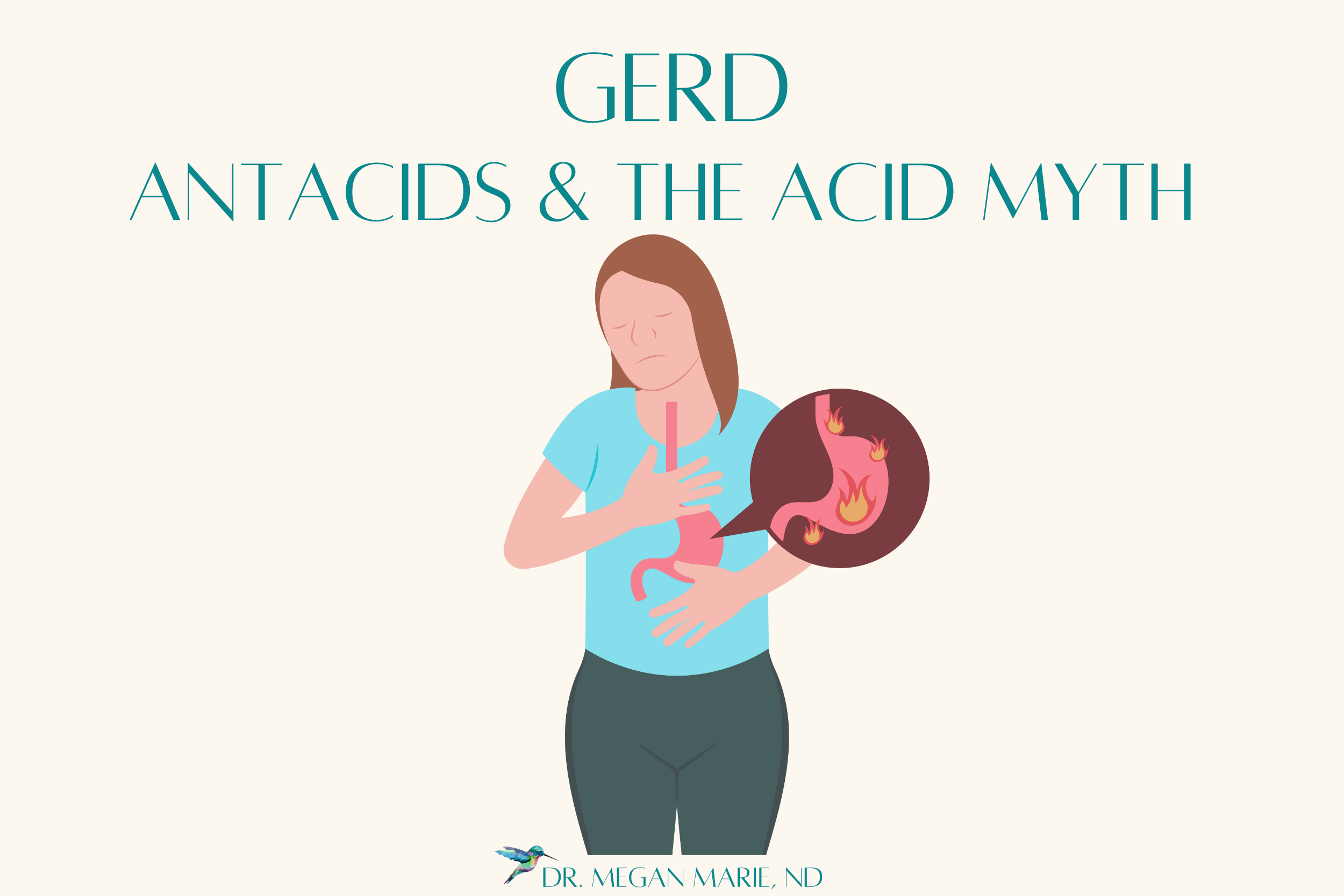GERD, Antacids, and the Acid Myth
If you’ve had your gallbladder removed—or even if you haven’t—but still struggle with reflux, bloating, or a burning throat, you’re not alone. Despite what we’ve been told, GERD isn’t always caused by too much acid. In fact, low acid and sluggish digestion are often the real culprits. In this post, we’ll explore the truth about antacids, the surprising role of bile, and simple, root-cause strategies to restore digestive flow—without lifelong meds.
Gallbladder Removal: What You Weren’t Told
Most people are told their gallbladder is “optional”—but no one tells them why it failed in the first place or what their body needs afterward. This post dives into the real reasons behind gallstones, what happens to digestion without a gallbladder, and how to support your liver, gut, and nutrient absorption for better health long-term.
How Trauma Impacts the Brain: Reclaiming Sovereignty with Self-Compassion
Explore how trauma reshapes the brain, silencing rational thought and disrupting nervous system communication. Learn how early conditioning can be unlearned and upgraded through boundaries, key nutrients, and self-compassion. Discover actionable tips to calm the nervous system, nourish the brain, and reclaim your sovereignty with kindness and resilience. Healing begins with small, intentional steps—one compassionate choice at a time.
The Spinal Cord
The spinal cord is more than just a bundle of nerves—it’s the vital bridge between brain and body, turning thought into action and sensation into awareness. In this post, we explore the spinal cord’s anatomy, its essential role in movement and coordination, and how to keep it healthy. From posture tips to practical therapies, learn how this incredible structure supports your body’s ability to thrive.
Brain Regions That Bridge, Filter, & Regulate (Part 3)
Our brain is a symphony of interconnected regions, each playing a crucial role in how we think, feel, and respond to the world. In this post, we explore some of the most fascinating yet often overlooked areas—the thalamus, insular cortex, corpus callosum, brainstem, and reticular activating system (RAS). Learn how these regions act as bridges, regulators, and filters for our sensory, emotional, and physical experiences. Discover actionable tips, herbal allies, and the gentle support of craniosacral therapy to help restore balance and optimize your brain’s natural harmony.
Brain Regions (Part 2): The Limbic System
The limbic system is the emotional center of the brain, shaping our feelings, memories, and survival responses. When balanced, it helps us build meaningful relationships, feel joy, and navigate stress with resilience. But under chronic stress or trauma, it can leave us reactive, overwhelmed, and disconnected. In this post, we’ll explore the amygdala, hippocampus, anterior cingulate gyrus, hypothalamus, and basal ganglia—what they do, how they can get hijacked, and actionable ways to restore calm and balance with craniosacral therapy, herbal support, and mindful practices.
Brain Regions & Their Roles in Thought, Mood, & Movement (Part 1)
Explore the incredible complexity of the brain and its key regions, from decision-making in the frontal lobe to emotional learning in the temporal lobe, and coordination in the cerebellum. Learn how these areas shape our thoughts, moods, and movements, and discover actionable tips—including craniosacral therapy, nourishing herbs, and simple lifestyle shifts—to support optimal brain health. Whether you're curious about the "little brain's" role in balance or how to sharpen your visual processing, this post offers insights to help you care for your most vital organ.
Somatic Nervous System & Cranial Nerves
Discover the incredible systems that allow you to move, sense, and connect to the world around you. In this post, we explore the somatic nervous system and cranial nerves, how they work together to create voluntary movement and sensory perception, plus actionable tips to keep them healthy. From dancing to smiling, these systems make everyday life possible—and amazing.
Enteric Nervous System
The enteric nervous system (ENS), often called the "second brain," is a complex network of neurons embedded in your digestive tract. It operates both independently and in close communication with your brain, regulating digestion, supporting gut health, and even influencing mood through the gut-brain axis. From controlling gut motility with the Migrating Motor Complex (MMC) to partnering with your microbiome to produce mood-boosting neurotransmitters, the ENS is vital for overall health. Explore how this intricate system impacts your digestion, immunity, and mental well-being—and discover actionable tips to support your gut-brain connection.
Parasympathetic Nervous System
Explore the parasympathetic nervous system (PNS)—the "rest and digest" counterpart to the fight-or-flight response. Learn how the vagus nerve, neurotransmitters like acetylcholine, and supportive players like nitric oxide work together to calm your body, improve digestion, and support immune function. Plus, discover actionable tips like diaphragmatic breathing, mindfulness, and craniosacral therapy to activate your PNS and bring balance to your nervous system. Dive in and give your body the relaxation it deserves!










